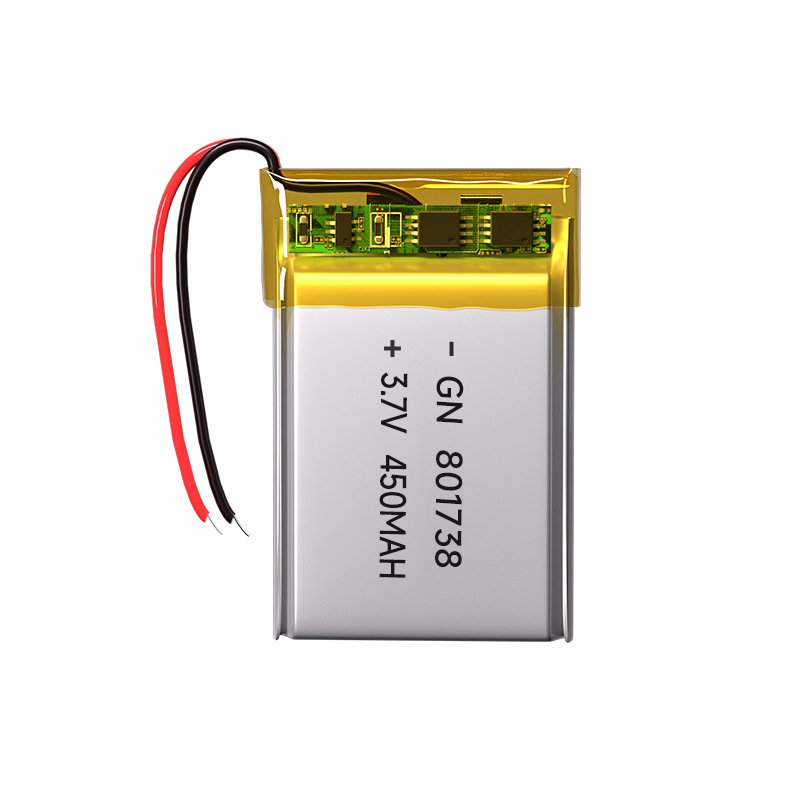

Qinghai has made remarkable achievements in developing solar cells. The fossil fuels used today were accumulated by the earth over billions of years. For example, coal was formed by ancient plants buried underground, and oil was formed by animals buried underground. In the next few decades, humans will use The energy accumulated over a billion years is exhausted. The next step in development is to consider renewable energy, and solar energy is the most important renewable energy. The sun has enough fuel to drive our solar system for another 5 billion years. The energy the sun brings to the earth every day is 10,000 times more than the energy we consume.
Qinghai has made remarkable achievements in developing solar cells. The fossil fuels used today were accumulated by the earth over billions of years. For example, coal was formed by ancient plants buried underground, and oil was formed by animals buried underground. In the next few decades, humans will use The energy accumulated over a billion years is exhausted. The next step in development is to consider renewable energy, and solar energy is the most important renewable energy. The sun has enough fuel to drive our solar system for another 5 billion years. The energy the sun brings to the earth every day is 10,000 times more than the energy we consume. There are several important forms of solar energy utilization: solar thermal utilization and solar light utilization, where thermal utilization includes solar water heaters and solar thermal power generation, and light utilization includes solar photochemistry and photocatalysis, solar cells (solar cells), and the most important reaction of utilizing solar energy - Plant photosynthesis. Solar cells are devices that directly convert solar energy into electrical energy, including monocrystalline silicon, polycrystalline silicon solar cells, inorganic semiconductor thin film solar cells, dye-sensitized solar cells, perovskite solar cells and organic/polymer solar cells. The key materials of polymer solar cells include donor, acceptor and electrode interface modification layer materials. The photoelectric conversion process includes light absorption, exciton diffusion, exciton charge separation, charge transport, and charge collection. In summary, polymer solar cells have outstanding advantages such as simple device structure, low cost, light weight, and can be prepared into flexible and translucent devices, and have important application prospects. Absorption complementarity and energy level matching of donor and acceptor photovoltaic materials are key to realizing high-efficiency polymer solar cells. Side chain engineering is an effective means to improve the photovoltaic performance of donor and acceptor materials. Polymer solar cells have reached the stage where they can be developed into practical applications. Reducing the cost of preparing photovoltaic materials and devices, and researching and improving the stability of materials and devices are the keys to whether polymer solar cells can achieve practical applications in the future.

Popular recommendation
Dry Battery!The balanced working principle of lithium iron battery protection chip and lithium batte
2023-10-083.7v 18650 battery pack.How to activate the sleep mode of 18650 lithium battery?
2023-10-13R6 Carbon battery!INNOLITH officially enters the Chinese market. Inorganic electrolyte technology he
2023-10-08Teach you to identify true and false button batteries
2022-06-18lithium battery for solar energy storage system.The latest research progress in polymer solar cell p
2023-10-08CR1616 battery.American scientists develop new solar cell technology
2023-10-08What is the difference between ordinary batteries and lithium batteries?
2022-11-08This durable gas stove specific battery allows you to...
2022-06-15button cell battery cr1620.18650 lithium battery pack customization process, 18650 lithium battery p
2023-10-09aaa battery!Share the detailed process and precautions of the lithium battery pack production proces
2023-10-08603450 polymer battery.Innovation of power battery drying process under high nickel system
2023-10-08801752 polymer battery.Chinese enterprises break through the core technology of high-nickel single c
2023-10-08